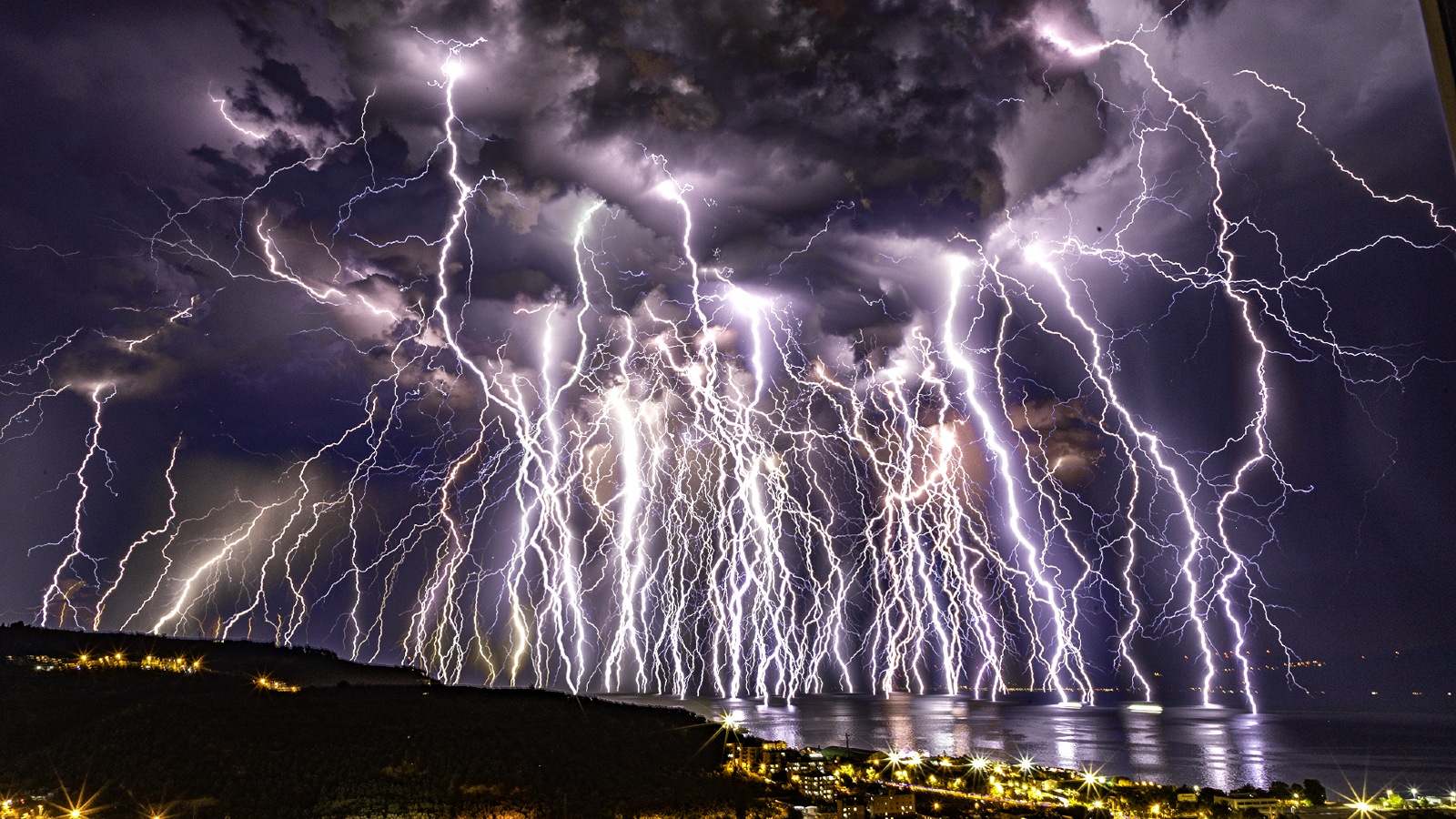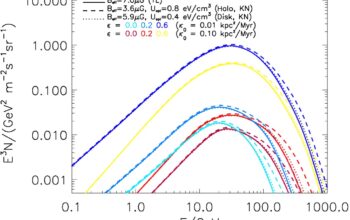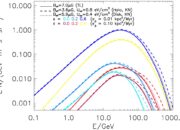Lightning, a magnificent natural phenomenon that commands both awe and trepidation, has long intrigued scientists and laypersons alike. Its ephemeral brilliance and raw power are fascinating yet formidable. Despite our advanced understanding of atmospheric science, lightning remains largely uncontrollable, striking with unpredictable frequency and intensity. However, an intriguing question emerges: could lasers, precise tools of optical engineering, modify the courses of thunderous bolts? This proposition introduces an exhilarating avenue for investigation—a challenge that intertwines physics, engineering, and the elemental forces of nature.
To grapple with this query, one must first comprehend the fundamental nature of lightning. Lightning is the electrical discharge that occurs during thunderstorms, the manifestation of atmospheric electrical imbalances. When the potential difference between charged regions within clouds or between clouds and the ground becomes sufficiently large, a channel of ionized air—plasma—forms, allowing the discharge of electricity. This process can be divided into distinct phases: the development of the leader stroke, which creates a conductive path, followed by the return stroke that illuminates the sky with blinding light.
The manifestation of lightning is a complex interplay of meteorological conditions. Typically, the phenomenon occurs during storm conditions, marked by the vertical stratification of charged particles. Positive and negative charges accumulate in different layers of the cloud, establishing an electric field capable of generating significant potential energy—a latent force awaiting release in the form of a lightning strike. Yet, the unpredictability of lightning remains troublesome; while average occurrences can be statistically predicted, individual strikes elude accurate modeling. This unpredictability poses both a risk to life and property and offers a tantalizing challenge to scientists exploring new avenues for mitigation and control.
In 2012, researchers at the University of Central Florida proposed an audacious hypothesis: harnessing laser technology to guide lightning strikes. The underlying principle involves the manipulation of air’s ionization state through powerful laser beams. When a laser is focused into the atmosphere, it can create a path of ionized gas. Essentially, the high-energy light excites air molecules, stripping electrons and generating plasma. This plasma, in turn, provides a conduit for electrical discharge. By directing a laser toward charged regions of a storm cloud, it may be possible to establish a controlled pathway that effectively “steers” lightning. This concept of “laser lightning rods” encapsulates an innovative intersection of optics and atmospheric science.
Despite the theoretical allure of this notion, several technical challenges need addressing. First, the energy requirements for generating a sufficiently powerful laser are substantial. Current laser technologies must overcome limitations in efficiency and portability to produce the coherent light necessary for this application. Furthermore, atmospheric conditions, such as humidity and temperature variations, can alter laser propagation and affect its efficacy. Understanding these variables is crucial to ensure that laser beams can effectively create and maintain ionized paths under various weather conditions.
Moreover, the safety and environmental implications of deploying such technology must be scrutinized. Manipulating electrical discharges in an environment ripe for storms introduces a degree of risk. The prospect of inadvertently increasing storm severity or causing unintended lightning strikes serves as a cautionary tale. Comprehensive modeling and simulations would be needed to evaluate the potential consequences before experimental implementation. Thus, careful assessment of ecological impacts must be included in this ambitious initiative.
Furthermore, the economics of developing and deploying laser-guidance systems poses another significant challenge. The costs associated with research, development, and eventual installation of these systems in vulnerable regions must be weighed against the benefits derived from potentially reducing lightning damage. Given that lightning causes billions of dollars in damages annually, the economic justification may ultimately tip the balance in favor of innovation. However, the initial investment and the ongoing costs of maintenance require careful financial consideration.
It is also essential to contemplate the broader implications of harnessing lasers for this purpose. Could the act of steering lightning fundamentally alter storm patterns or even the climate? The interconnected nature of atmospheric systems means that influence in one region can manifest as consequences elsewhere. The balance between intervention and preservation of natural processes encapsulates a philosophical dichotomy, challenging our ethical standing towards nature as stewards of technology.
In conclusion, while the prospect of using lasers to guide lightning strikes may appear whimsical, it represents a remarkable intersection of cutting-edge technology with the raw power of nature. This concept invites further exploration, unearthing a wealth of scientific and engineering challenges—each ripe with complexity. As scientists and engineers work collaboratively to uncover solutions, one can only wonder: could the deceptive beauty of lightning become manageable under the precision of laser guidance? This ponderous question opens the door to a future where humanity may redefine its relationship with nature’s most electrifying phenomena, balancing innovation with respect for the elemental forces that shape our world.












